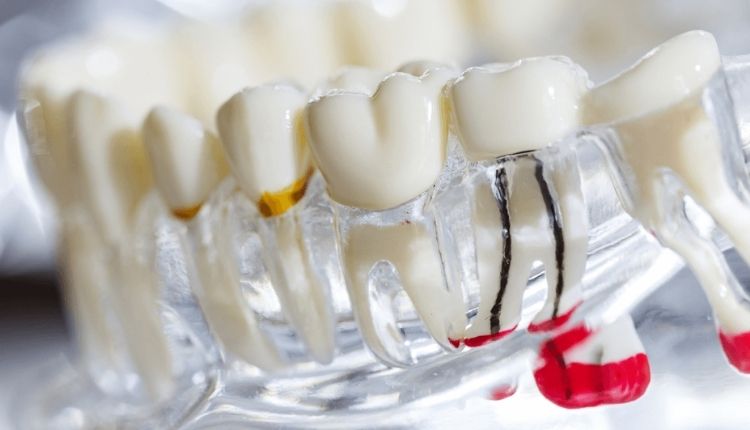Wisdom teeth, which are one of the common milestones in dental development, can cause significant pain and various oral conditions for some individuals. The third molar often tries to pop through into an already-crowded jaw, thereby causing the tooth to be impacted or causing other teeth to misalign and risk the threat of infection. If these teeth pose problems, their removal is recommended. One of the primary concerns for most patients facing a removal is the money. How much does wisdom teeth removal cost? This question is somewhat complicated because a tremendous deal goes into determining the cost.
The single most significant factor is going to be how difficult the extraction is. A simple extraction of an erupted tooth will be cheaper than a surgical extraction of a fully impacted tooth still beneath the gums. The surgeon’s fee may be affected by the number of teeth to be removed or the type of sedation (local, sedation, or general) used. The geographical location of the practice is another variable. Only after a thorough consultation and the creation of a treatment plan will the patient have his or her cost estimate that considers all of these variables.
Beyond the cost factor, knowing the procedure can ease the anxiety. It is probably one of the most common oral surgical procedures performed. Once a complete exam has been completed, including digital X-rays or a 3D scan, the teeth and their relationships to the nerves and other oral structures are analyzed. After treatment plans are confirmed, the patient is anesthetized to ensure comfort during the entire procedure. For simple extractions, the dentist uses his or her specialized instruments to loosen the tooth and remove it. For more complicated extractions, an oral surgeon will make incisions into the gum tissue to gain access to the tooth and may require sectioning of the tooth into smaller pieces for facile removal. Afterward, the area is cleaned and stitched to facilitate healing. The procedure is carried out, keeping the efficiency and pronouncement of future oral health complications at the forefront of minds.
Post-op recovery is just as important for a smooth and speedy recovery. Patients are usually provided with specific instructions regarding pain management and controlling swelling with ice packs accompanied by a soft-food diet. Those instructions should be firmly followed to ensure a complication such as dry socket does not occur, which is a painful condition caused when the blood clot over the extraction site is displaced. Resting and keeping well-hydrated are also lessening the road to recovery. While mild pain and swelling are expected in the first few days, they should gradually grow less intense. Most people can go back to their daily activities within a few days to a week.
Removing wisdom teeth ultimately serves as a proactive step in maintaining good oral health over the long term. The cost will be one of the most significant considerations for having the teeth out because it is really the most inexpensive procedure to prevent more serious and costly problems later on from severe pain, dental crowding, and possible damage to the jaw. By consulting a competent dental professional and becoming thoroughly acquainted with the actual procedure and the costs involved, patients can walk through the process with confidence toward a healthier and more comfortable future for that smile.
Beyond the financial savings from preventing future complications, the timely removal of problematic wisdom teeth directly improves daily comfort and hygiene. Impacted or partially erupted wisdom teeth are breeding grounds for bacteria, increasing the risk of painful localized infections and gum disease in surrounding tissue. According to this dentist who does one of the best dental implants in Newmarket ON, opting for extraction early eliminates these hidden pockets of infection, simplifies your brushing and flossing routine, and ensures the long-term stability of your existing, straight teeth.






